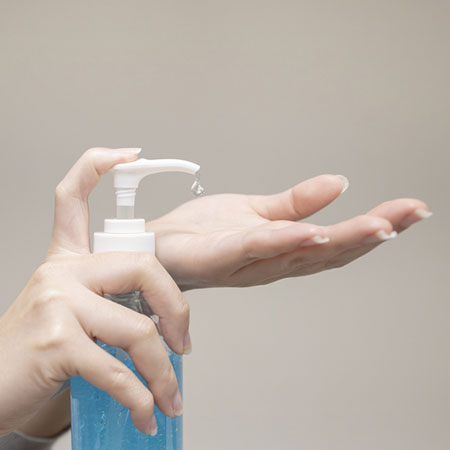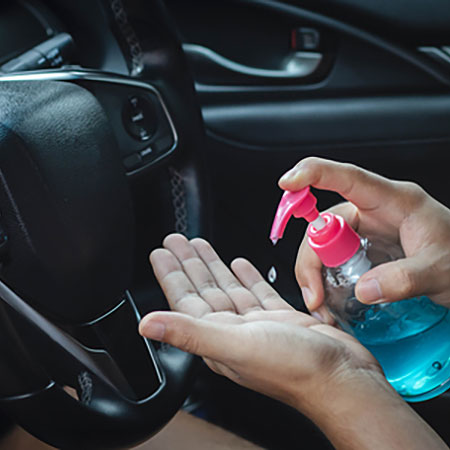How to Clean your Home Better
This past year has brought the importance of a cleaner home to the fore, but is it better to disinfect or sanitize and do you know the difference between the two?
27/12/2020
Save money by choosing a single-product sanitizer that also cleans and disinfects at the same time.
This past year has brought about a lot of changes to our lifestyles, not least of which is the importance of cleaning and sanitizing our living spaces. But what is clean? What's the difference between disinfecting and sanitizing? Read on for more information.
We all make time to clean our homes on a regular basis. For some it might be only once a month, for others, it can be at least a daily task, especially if there is a helper in the home responsible for all the cleaning. Whatever your cleaning schedule, the Covid-19 virus has made us more aware of the necessity of sanitizing our homes regularly, which is not to be confused with disinfecting, as so many are want to misunderstand.
Wash your hands when you come home, after using a bathroom, when handling food in the kitchen, and after working outdoors - even when there is no Coronavirus!
SHOULD YOU CLEAN, SANITIZE OR DISINFECT?
Sanitize is a word that we have come to know very well in the past year. We have been asked to regularly sanitize our hands as well as certain areas in our home. By regularly sanitizing, we help to keep ourselves and our family safe by reducing the number of harmful bacteria we are surrounded by every single day.
Regularly cleaning our homes removes dirt and dust, whether it's sweeping the floor or washing bed linens. When it comes to disinfecting, this is a method of killing or removing germs, particularly in kitchens and bathrooms. We use specific disinfectants, such as household bleach, to kill germs that accumulate in toilets and basins, fridges, dishwashers and microwaves. Sanitizing, on the other hand, is a more specific method of killing off germs and bacteria.
Regularly sanitize everything you touch with your hands - both at home or in your work environment.
WHAT AREAS AND ITEMS SHOULD YOU CLEAN, SANITIZE AND DISINFECT
Just as you sanitize your hands to keep them clean and germ-free, so should you regularly sanitize the following areas in the home:
- Areas and items regularly touched
Areas were you regularly use your hands to open and close should be cleaned regularly and sanitized as often as possible. Since everyone in the family usually touches these surfaces, killing off germs and bacteria is essential to prevent the spread of germs and infection.
Another area that is constantly touched is light switches. These normally don't get cleaned on a daily basis, yet quickly germs and bacteria can build up over time.
Kitchens and bathrooms should be cleaned, disinfected and sanitized as often as possible.
- All surfaces in bathrooms and kitchens
We all know that bathrooms and kitchens harbour germs and bacteria and it's why we spend so much on cleaning and disinfecting products. While the Coronavirus has been terrible for everyone, on the bright side, we now know that there are sanitizing products that are inexpensive and effective in cleaning certain surfaces in the home.
The first line of defence is to clean surfaces, disinfect and then wipe down with sanitizing products. This will ensure that kitchens and bathrooms are as clean as can be.
Don't forget to sanitize your car - do this every time you get in your car and before you exit your car to go into your home.
Wipe your feet before you enter your home, or even better, leave your shoes at the door or in the mudroom.
The above methods of cleaning, disinfecting and sanitizing should be done regularly, but more so during times such as those we are experiencing now, during the wintertime when the flu and colds surround us, and when anyone in the home is suffering from bacteria infection.






